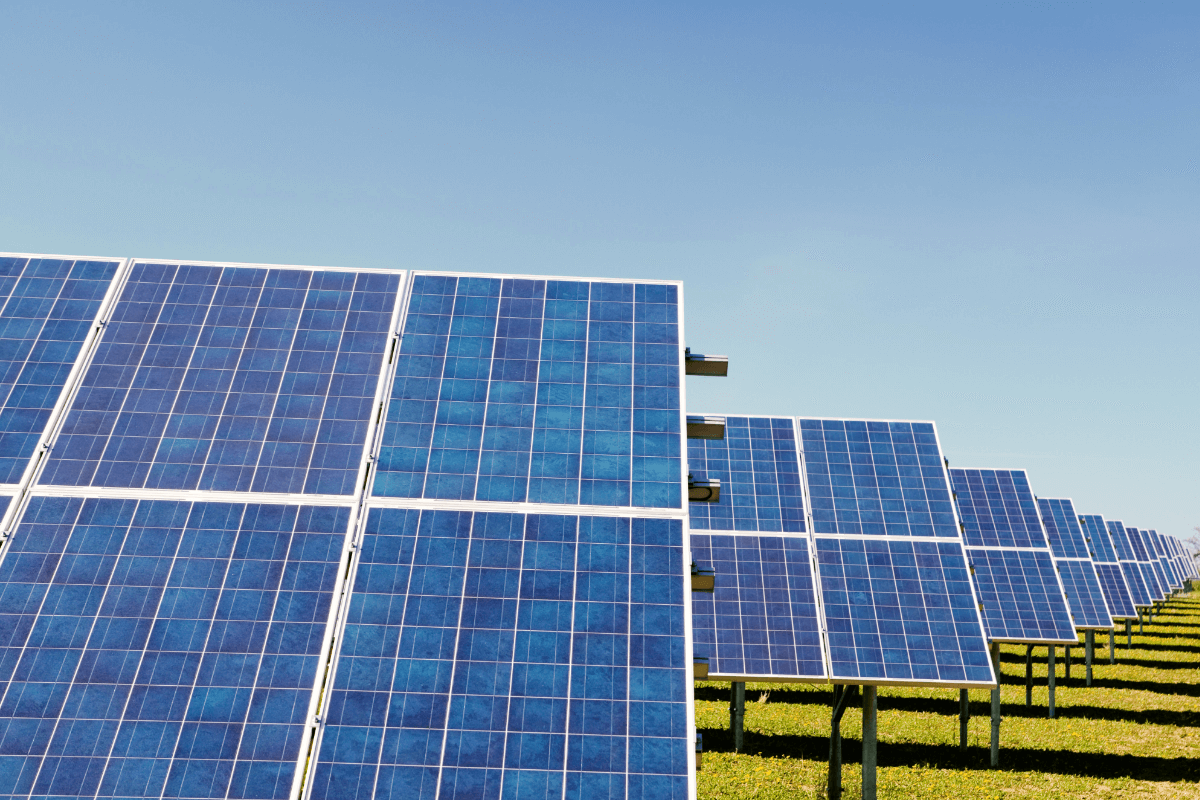Low Light Performance
The low light performance indicates how much electricity a photovoltaic module can produce in low light conditions (200 W/m²).
How is the performance of a module calculated?
The performance of photovoltaic modules is usually calculated on the basis of peak power. This is measured under Standard Test Conditions (STC).
Nominal power is calculated under these conditions:
– 1000 W/m² irradiation
– Atmospheric mass: 1.5 G
– Temperature: 25°C
Here (1000 W/m²) it is assumed that the light falls vertically, which is not the case, especially at northern latitudes.
How do you determine the low light performance?
Low light performance is calculated in the same way as nominal power under standardised conditions:
– 200 W/m² irradiation
– Atmospheric mass: 1.5 G
–Temperature: 25°C
Only the irradiance differs from the standard test conditions. If the sun shines less, the resistances in the modules will affect the module performance, resulting in less output.
How can this value be used?
The actual yield of a system depends on many complex factors. The yield behaviour of the module in low light conditions provides a point of reference. Especially in our latitudes, 60% of the irradiation is low light, e.g. due to clouds or the rising and setting of the sun. The higher the low light rating, the more electricity a module can produce in low light conditions.
Which modules are suitable for low light conditions?
PV modules have very different low-light performance depending on the technology used in the module. For example, thin-film modules can utilise low light very well.

